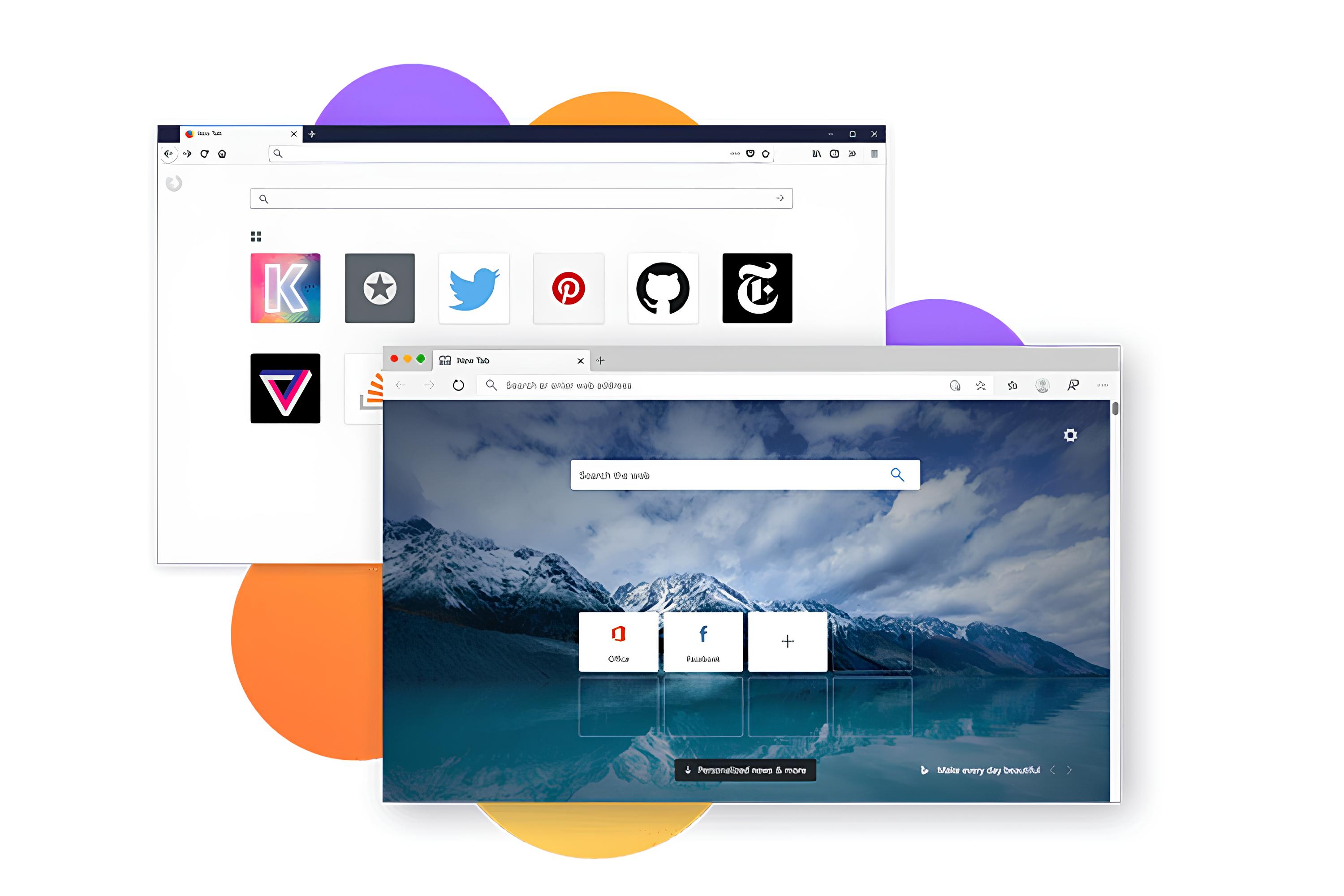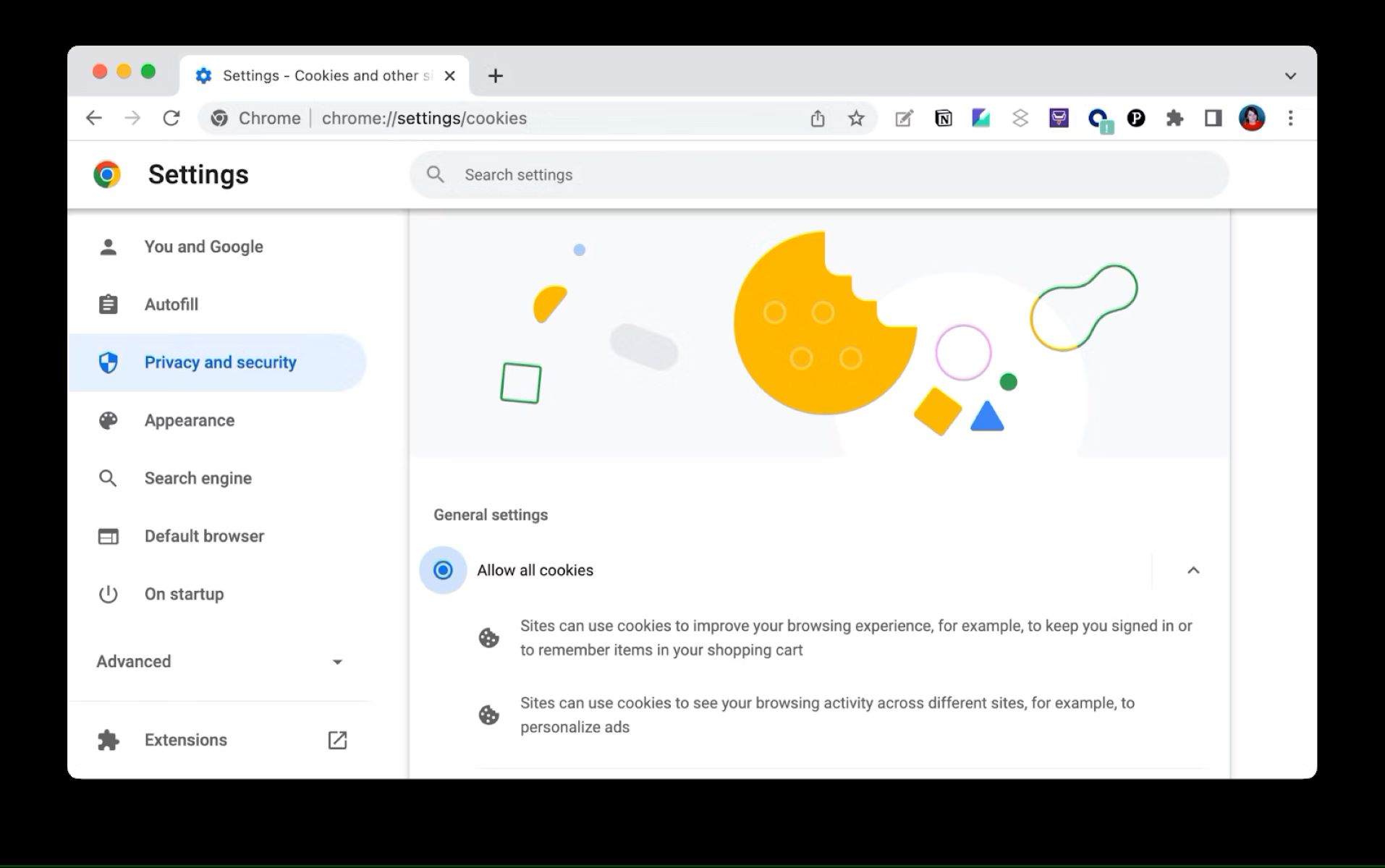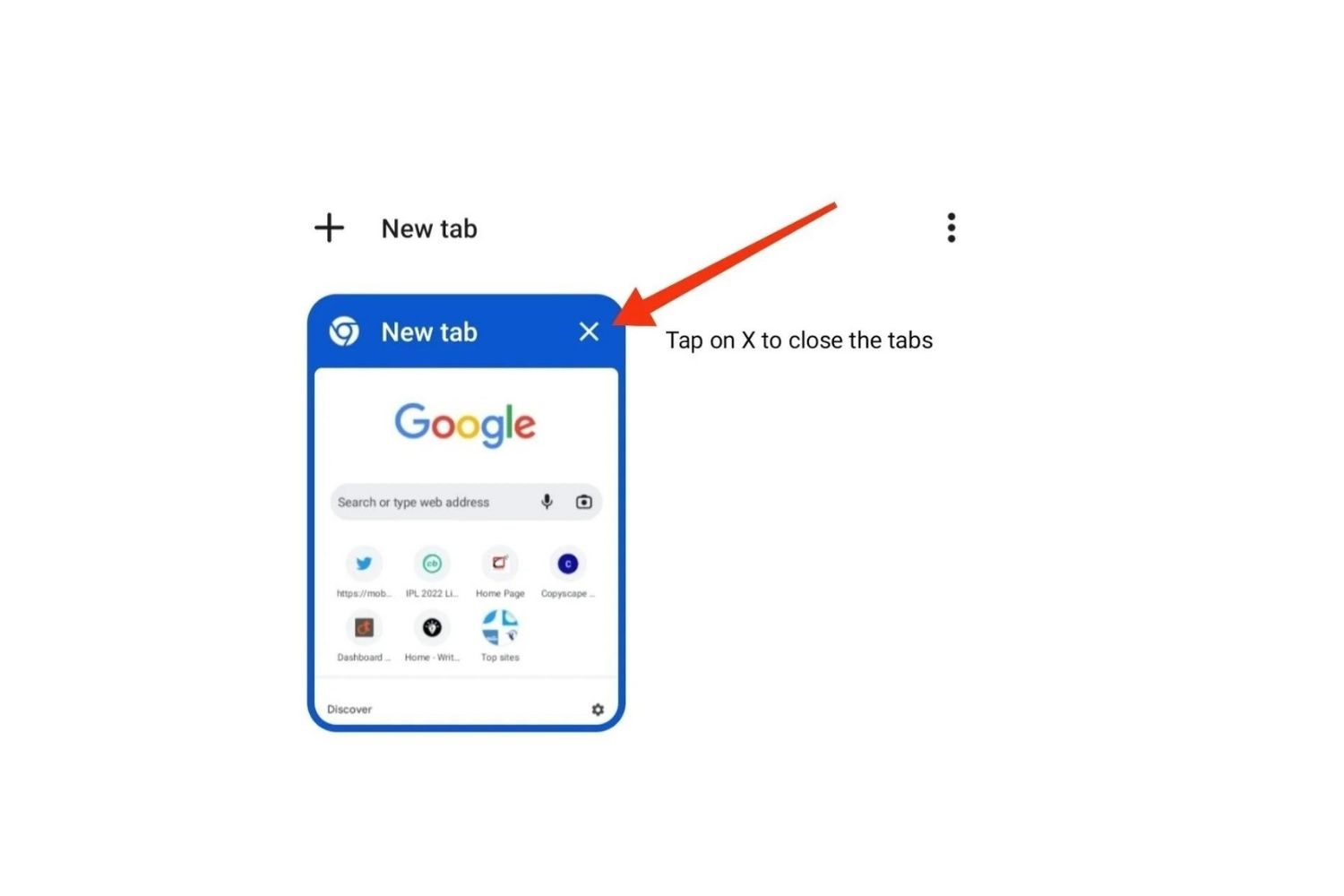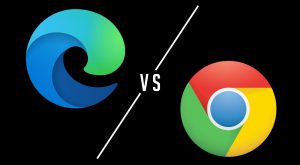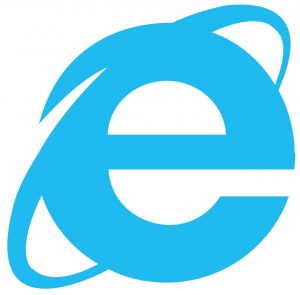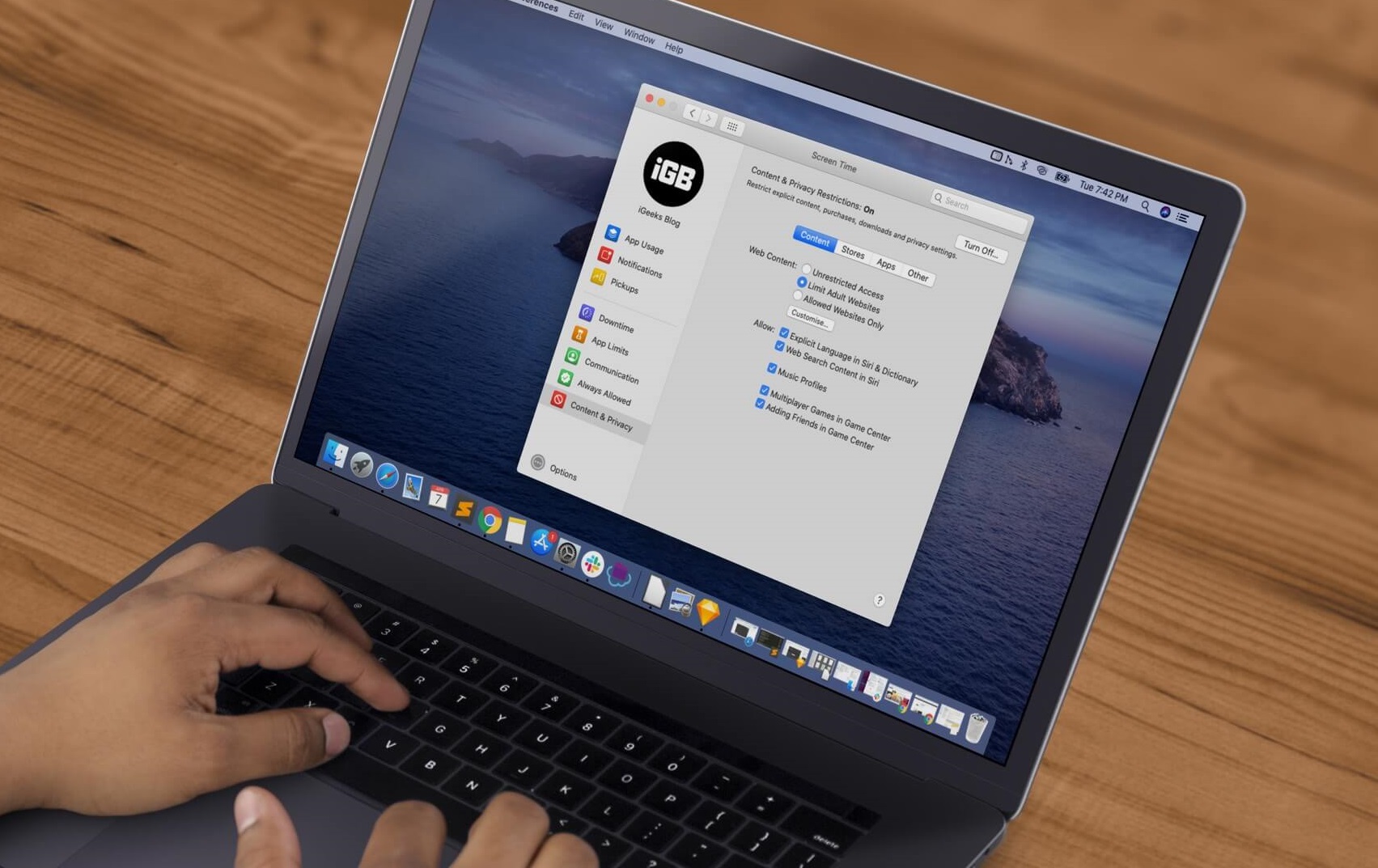Introduction
When it comes to web browsing, the choice of browser can significantly impact your online experience. With a plethora of options available, users often find themselves torn between popular choices like Firefox and Microsoft Edge. Each browser boasts its own set of features, performance capabilities, and security measures, making the decision a challenging one.
In this comprehensive comparison, we'll delve into the key aspects of both Firefox and Microsoft Edge to help you make an informed decision. From user interface and performance to security, customization, compatibility, and privacy, we'll explore the strengths and weaknesses of each browser. By the end of this analysis, you'll have a clearer understanding of which browser aligns best with your browsing needs and preferences.
Let's embark on this journey to unravel the intricacies of Firefox and Microsoft Edge, shedding light on their unique attributes and functionalities. Whether you're a casual internet user, a tech enthusiast, or a privacy-conscious individual, this comparison aims to equip you with the insights needed to navigate the digital realm with confidence and ease.
User Interface
The user interface of a web browser serves as the gateway to the digital world, shaping the overall browsing experience. When comparing Firefox and Microsoft Edge in terms of user interface, several key aspects come into play.
Firefox
Firefox prides itself on offering a clean and intuitive user interface. The browser's minimalist design ensures that users can navigate seamlessly without feeling overwhelmed by cluttered elements. The address bar, commonly referred to as the "Awesome Bar," stands out as a prominent feature, providing quick access to bookmarks, history, and suggested websites as users type. This dynamic functionality streamlines the browsing process, allowing users to swiftly locate their desired destinations.
Moreover, Firefox's customizable interface empowers users to personalize their browsing environment according to their preferences. From themes and extensions to toolbar configurations, Firefox offers a range of customization options, enabling users to tailor their browsing experience to suit their individual tastes and requirements.
Microsoft Edge
Microsoft Edge, on the other hand, boasts a sleek and modern user interface that aligns with the overall aesthetic of the Windows operating system. The browser's layout emphasizes simplicity and functionality, with a focus on user convenience. The integration of Microsoft's Fluent Design System enhances the visual appeal, presenting a cohesive and visually engaging interface.
One standout feature of Microsoft Edge is the ability to customize the new tab page, allowing users to personalize their browsing environment with custom backgrounds, quick links, and news feeds. This level of personalization adds a touch of individuality to the browsing experience, catering to users who value a personalized and visually appealing interface.
Comparison
In comparing the user interfaces of Firefox and Microsoft Edge, both browsers excel in offering user-friendly and visually appealing experiences. While Firefox emphasizes flexibility and user-driven customization, Microsoft Edge prioritizes seamless integration with the Windows ecosystem and a visually cohesive design.
Ultimately, the choice between Firefox and Microsoft Edge in terms of user interface boils down to individual preferences. Whether you prioritize extensive customization options or seamless integration with the Windows environment, both browsers offer compelling user interface experiences tailored to diverse user needs and preferences.
Performance
Performance is a pivotal factor that significantly influences the browsing experience. When evaluating the performance of web browsers such as Firefox and Microsoft Edge, several key metrics come into play, including speed, resource utilization, and overall responsiveness.
Firefox
Firefox has long been recognized for its robust performance capabilities. The browser's Quantum engine, introduced in recent years, has propelled Firefox to new heights in terms of speed and efficiency. With a focus on leveraging hardware resources effectively, Firefox strives to deliver swift page loading times and seamless navigation.
One of Firefox's standout performance features is its multi-process architecture, which enhances stability and responsiveness. By isolating tabs and extensions into separate processes, Firefox mitigates the impact of a single tab or extension on the overall browsing experience. This approach minimizes the likelihood of browser crashes and slowdowns, contributing to a smoother and more reliable browsing experience.
Furthermore, Firefox's commitment to optimizing memory usage has garnered praise from users and tech enthusiasts alike. The browser's intelligent memory management ensures that it operates efficiently even when handling multiple tabs and complex web applications. This dedication to resource efficiency translates into a snappy and responsive browsing experience, even on systems with limited hardware capabilities.
Microsoft Edge
Microsoft Edge, powered by the Chromium engine, has made significant strides in terms of performance. The browser's transition to the Chromium framework has resulted in notable improvements in speed and compatibility with web standards. Microsoft's focus on enhancing performance has led to a browser that delivers swift page rendering and smooth navigation, catering to users who prioritize speed and responsiveness.
In addition to performance optimizations, Microsoft Edge leverages hardware acceleration to enhance graphics rendering and video playback, further elevating the overall browsing experience. This approach ensures that multimedia-rich web content is presented seamlessly, contributing to a visually engaging and responsive browsing experience.
Comparison
When comparing the performance of Firefox and Microsoft Edge, both browsers excel in delivering swift page loading times, efficient resource utilization, and responsive navigation. Firefox's multi-process architecture and emphasis on memory management contribute to its reputation for stability and speed, while Microsoft Edge's integration of the Chromium engine has bolstered its performance capabilities, particularly in terms of rendering speed and multimedia handling.
Ultimately, the choice between Firefox and Microsoft Edge in terms of performance hinges on individual preferences and specific usage scenarios. Whether you prioritize robust memory management and multi-process architecture or seek a browser optimized for multimedia-rich content, both Firefox and Microsoft Edge offer compelling performance attributes tailored to diverse user needs and browsing habits.
Security
Security is a paramount concern in the digital age, and web browsers play a crucial role in safeguarding users' online activities. When evaluating the security features of web browsers such as Firefox and Microsoft Edge, several key aspects come into focus, including privacy protections, anti-phishing measures, and proactive security protocols.
Firefox
Firefox has garnered a reputation for its robust approach to user privacy and security. The browser's commitment to protecting user data is exemplified through features such as Enhanced Tracking Protection, which blocks third-party tracking cookies and scripts, thereby mitigating the risk of invasive tracking and targeted advertising. This proactive stance on privacy empowers users to browse the web with greater confidence, knowing that their online activities are shielded from prying eyes.
Moreover, Firefox's integration of the Google Safe Browsing service enhances its anti-phishing capabilities, alerting users to potentially malicious websites and protecting them from falling victim to phishing attempts. By leveraging real-time data on known phishing sites, Firefox provides an additional layer of security, bolstering users' defenses against fraudulent online activities.
In addition to these features, Firefox's commitment to open-source security is reflected in its regular security updates and adherence to industry best practices. The browser's strong track record in promptly addressing security vulnerabilities underscores its dedication to maintaining a secure browsing environment for its users.
Microsoft Edge
Microsoft Edge, powered by the Chromium engine, inherits robust security features from its underlying framework. The browser's integration of Microsoft Defender SmartScreen enhances its ability to detect and block malicious websites, offering users a shield against potential security threats. This proactive approach to web security contributes to a safer browsing experience, particularly for users navigating unfamiliar or potentially risky websites.
Furthermore, Microsoft Edge's emphasis on sandboxing web content and extensions adds an extra layer of protection, isolating potentially malicious elements from the core browser environment. This containment strategy minimizes the impact of security threats, reducing the likelihood of successful attacks and enhancing the overall security posture of the browser.
Comparison
When comparing the security features of Firefox and Microsoft Edge, both browsers demonstrate a strong commitment to user privacy and proactive security measures. Firefox's focus on privacy protection and anti-tracking capabilities aligns with the needs of users seeking comprehensive safeguards against online tracking and data collection. On the other hand, Microsoft Edge's integration of Microsoft Defender SmartScreen and sandboxing mechanisms reinforces its security posture, catering to users who prioritize robust protection against malicious websites and potential security threats.
Ultimately, the choice between Firefox and Microsoft Edge in terms of security hinges on individual preferences and the specific security concerns of users. Whether you prioritize advanced anti-tracking features and open-source security practices or seek a browser fortified with Microsoft's security expertise and proactive threat detection, both Firefox and Microsoft Edge offer compelling security attributes tailored to diverse user needs and privacy preferences.
Customization
Customization plays a pivotal role in shaping the browsing experience, allowing users to tailor their web environment to align with their preferences and workflow. When it comes to customizability, both Firefox and Microsoft Edge offer distinct approaches, catering to users with diverse needs and preferences.
Firefox
Firefox has long been celebrated for its extensive customization options, empowering users to personalize their browsing experience to a remarkable degree. At the core of Firefox's customization prowess lies its robust collection of extensions and themes. The browser's add-on ecosystem encompasses a wide array of extensions, ranging from productivity tools and ad blockers to visual enhancements and security utilities. This diverse selection enables users to augment their browsing experience with tailored functionalities, enhancing productivity and convenience.
Moreover, Firefox's theme support allows users to modify the browser's visual appearance, from color schemes and background images to icon styles and overall aesthetics. This level of visual customization enables users to create a browsing environment that resonates with their personal tastes and preferences, fostering a sense of ownership and individuality.
Furthermore, Firefox's flexible interface customization options empower users to personalize their toolbar layout, rearrange elements, and fine-tune the browser's behavior to suit their workflow. Whether it's optimizing the placement of essential tools or streamlining navigation through intuitive shortcuts, Firefox offers a wealth of customization features that cater to users seeking a tailored and efficient browsing experience.
Microsoft Edge
Microsoft Edge, with its integration of the Chromium engine, has expanded its customization capabilities to align with the expectations of modern users. The browser's support for extensions from the Microsoft Edge Add-ons store enables users to augment their browsing experience with a diverse range of functionalities, including ad blockers, password managers, and productivity tools. This extension ecosystem empowers users to tailor their browsing environment with tools that cater to their specific needs and preferences.
In addition to extensions, Microsoft Edge offers customization options for the new tab page, allowing users to personalize their landing page with custom backgrounds, quick links, and news feeds. This level of visual and functional customization adds a touch of personalization to the browsing experience, enabling users to curate a dashboard that aligns with their interests and browsing habits.
Comparison
In comparing the customization capabilities of Firefox and Microsoft Edge, both browsers excel in offering users the means to tailor their browsing experience to suit their individual preferences. While Firefox boasts a rich ecosystem of extensions, themes, and interface customization options, Microsoft Edge leverages the Chromium framework to provide users with a diverse array of extensions and new tab page customization features.
Ultimately, the choice between Firefox and Microsoft Edge in terms of customization hinges on individual preferences and the specific customization needs of users. Whether you prioritize an extensive selection of extensions and visual customization options or seek a browser that integrates seamlessly with your browsing habits and preferences, both Firefox and Microsoft Edge offer compelling customization attributes tailored to diverse user needs and browsing styles.
Compatibility
Compatibility is a critical aspect of web browsing, encompassing a browser's ability to seamlessly interact with a wide range of websites, web applications, and industry standards. When evaluating the compatibility of web browsers such as Firefox and Microsoft Edge, several key factors come into play, including adherence to web standards, support for modern web technologies, and interoperability with diverse online platforms.
Firefox
Firefox has established a strong reputation for its commitment to web standards and cross-platform compatibility. The browser's adherence to open web standards ensures that it can effectively render a broad spectrum of websites and web applications, fostering a consistent and reliable browsing experience for users across different online environments. Moreover, Firefox's support for modern web technologies, such as HTML5, CSS3, and JavaScript APIs, enables users to engage with cutting-edge web content and interactive applications without encountering compatibility issues.
Furthermore, Firefox's cross-platform compatibility extends to its availability on various operating systems, including Windows, macOS, Linux, and mobile platforms. This broad support enables users to seamlessly transition between devices while maintaining a consistent browsing experience, reinforcing Firefox's commitment to accessibility and interoperability.
Microsoft Edge
Microsoft Edge, powered by the Chromium engine, has undergone a significant transformation in terms of compatibility, leveraging the robust rendering capabilities and web standards support inherent to the Chromium framework. The browser's alignment with modern web technologies and industry standards ensures that it can effectively render a diverse array of websites and web applications, catering to users' evolving browsing needs.
In addition to its rendering capabilities, Microsoft Edge's integration with the Windows ecosystem enhances its compatibility with Microsoft's suite of productivity tools and services, offering users a seamless and integrated browsing experience within the Windows environment. This level of interoperability contributes to a cohesive and streamlined browsing experience for users deeply entrenched in the Windows ecosystem.
Comparison
When comparing the compatibility of Firefox and Microsoft Edge, both browsers excel in their support for web standards, modern web technologies, and cross-platform interoperability. Firefox's commitment to open web standards and cross-platform availability aligns with the needs of users seeking a versatile and consistent browsing experience across diverse online environments. On the other hand, Microsoft Edge's integration with the Chromium framework and seamless interoperability with the Windows ecosystem reinforces its compatibility with a wide range of web content and online platforms.
Ultimately, the choice between Firefox and Microsoft Edge in terms of compatibility hinges on individual preferences and specific usage scenarios. Whether you prioritize adherence to open web standards and cross-platform availability or seek a browser that seamlessly integrates with the Windows environment and Microsoft's suite of services, both Firefox and Microsoft Edge offer compelling compatibility attributes tailored to diverse user needs and browsing habits.
Privacy
Privacy is a fundamental concern in the digital landscape, and web browsers play a pivotal role in safeguarding users' sensitive information and online activities. When evaluating the privacy features of web browsers such as Firefox and Microsoft Edge, it becomes evident that both browsers prioritize user privacy through distinct approaches, catering to the diverse privacy needs and preferences of users.
Firefox
Firefox has long been synonymous with a steadfast commitment to user privacy, exemplified through its robust privacy features and proactive measures. The browser's Enhanced Tracking Protection stands as a cornerstone of its privacy-centric approach, empowering users to mitigate the pervasive impact of third-party tracking cookies and scripts. By blocking these tracking elements, Firefox shields users from invasive tracking and targeted advertising, fostering a more private and personalized browsing experience.
Moreover, Firefox's integration of the Google Safe Browsing service bolsters its anti-phishing capabilities, alerting users to potentially malicious websites and shielding them from falling victim to phishing attempts. This proactive stance on security and privacy aligns with the browser's overarching commitment to safeguarding users' online activities from fraudulent and malicious threats.
Furthermore, Firefox's open-source ethos and transparent approach to privacy underscore its dedication to user-centric privacy practices. The browser's regular security updates and adherence to industry best practices reinforce its position as a privacy-focused browser, instilling confidence in users regarding the protection of their sensitive data and online interactions.
Microsoft Edge
Microsoft Edge, powered by the Chromium engine, has made significant strides in enhancing its privacy features, aligning with the evolving privacy expectations of users. The browser's integration of Microsoft Defender SmartScreen bolsters its ability to detect and block malicious websites, fortifying users against potential security threats and privacy breaches. This proactive approach to privacy protection contributes to a safer and more secure browsing experience, particularly for users navigating unfamiliar or potentially risky online environments.
In addition to its security measures, Microsoft Edge's emphasis on privacy controls and transparency empowers users to manage their privacy settings effectively. The browser offers granular controls over tracking prevention and cookie management, enabling users to customize their privacy preferences according to their individual comfort levels and privacy requirements. This level of user empowerment reflects Microsoft Edge's commitment to putting privacy management in the hands of its users, fostering a more personalized and privacy-centric browsing experience.
Comparison
When comparing the privacy features of Firefox and Microsoft Edge, both browsers demonstrate a strong commitment to user privacy through distinct yet complementary approaches. Firefox's proactive anti-tracking measures and open-source security practices cater to users seeking comprehensive safeguards against online tracking and data collection. On the other hand, Microsoft Edge's integration of Microsoft Defender SmartScreen and user-centric privacy controls reinforces its position as a privacy-focused browser, empowering users to manage their privacy settings according to their preferences and comfort levels.
Ultimately, the choice between Firefox and Microsoft Edge in terms of privacy hinges on individual privacy preferences and the specific privacy concerns of users. Whether users prioritize robust anti-tracking features and open-source privacy practices or seek a browser fortified with Microsoft's security expertise and user-centric privacy controls, both Firefox and Microsoft Edge offer compelling privacy attributes tailored to diverse user privacy needs and preferences.
Conclusion
In conclusion, the comparison between Firefox and Microsoft Edge reveals a nuanced landscape of features, performance capabilities, and privacy measures. Both browsers exhibit strengths and unique attributes that cater to diverse user needs and preferences, making the decision between the two a matter of individual priorities and browsing habits.
Firefox distinguishes itself through its emphasis on user-driven customization, robust performance, and unwavering commitment to user privacy. The browser's extensive collection of extensions, themes, and interface customization options empowers users to tailor their browsing environment to align with their individual tastes and workflow. Additionally, Firefox's multi-process architecture and efficient memory management contribute to a stable and responsive browsing experience, particularly for users navigating resource-intensive web content. The browser's proactive anti-tracking measures and open-source security practices underscore its dedication to safeguarding users' online activities and sensitive data, fostering a more private and secure browsing experience.
On the other hand, Microsoft Edge, powered by the Chromium engine, leverages its integration with the Windows ecosystem, robust performance optimizations, and user-centric privacy controls to offer users a seamless and integrated browsing experience. The browser's support for a diverse array of extensions and new tab page customization features caters to users seeking a personalized and visually engaging browsing environment. Furthermore, Microsoft Edge's proactive security measures, including Microsoft Defender SmartScreen and sandboxing mechanisms, reinforce its position as a browser focused on user safety and privacy management.
Ultimately, the choice between Firefox and Microsoft Edge hinges on individual preferences and specific usage scenarios. Users who prioritize extensive customization options, robust performance, and a steadfast commitment to user privacy may find Firefox to be the ideal choice. Conversely, those seeking seamless integration with the Windows environment, robust performance optimizations, and user-centric privacy controls may gravitate towards Microsoft Edge.
Regardless of the choice, both Firefox and Microsoft Edge offer compelling attributes tailored to diverse user needs, ensuring that users can navigate the digital realm with confidence and efficiency. Whether it's a personalized and privacy-centric browsing experience or seamless integration with the Windows ecosystem, both browsers stand as formidable options in the ever-evolving landscape of web browsing.







